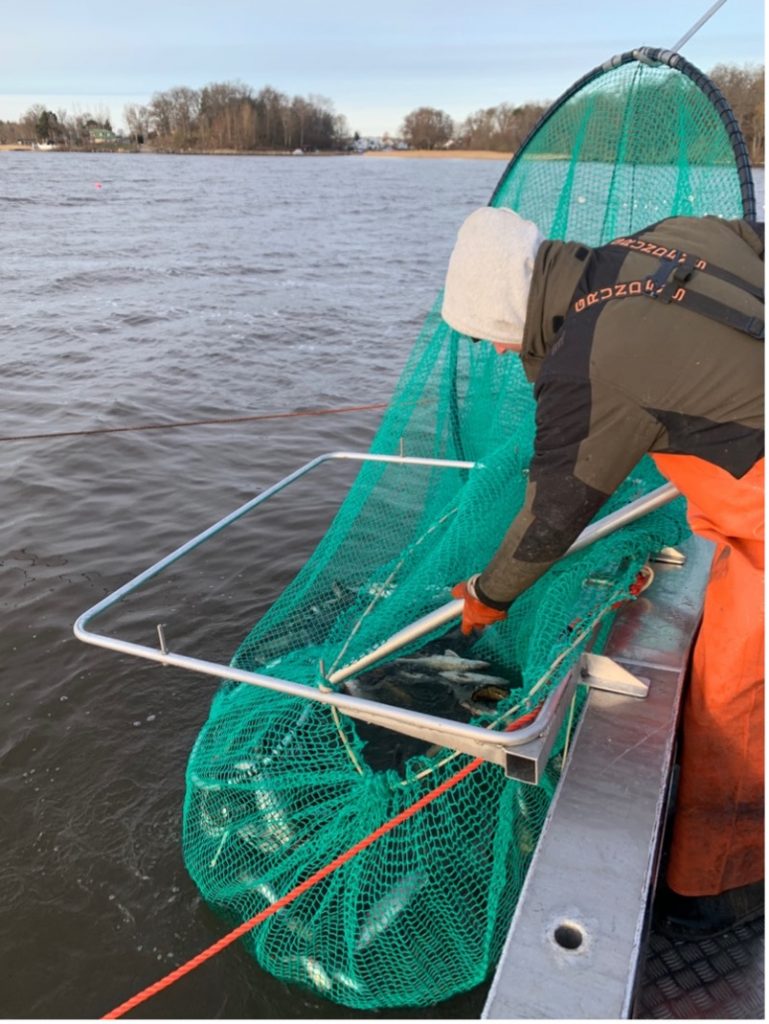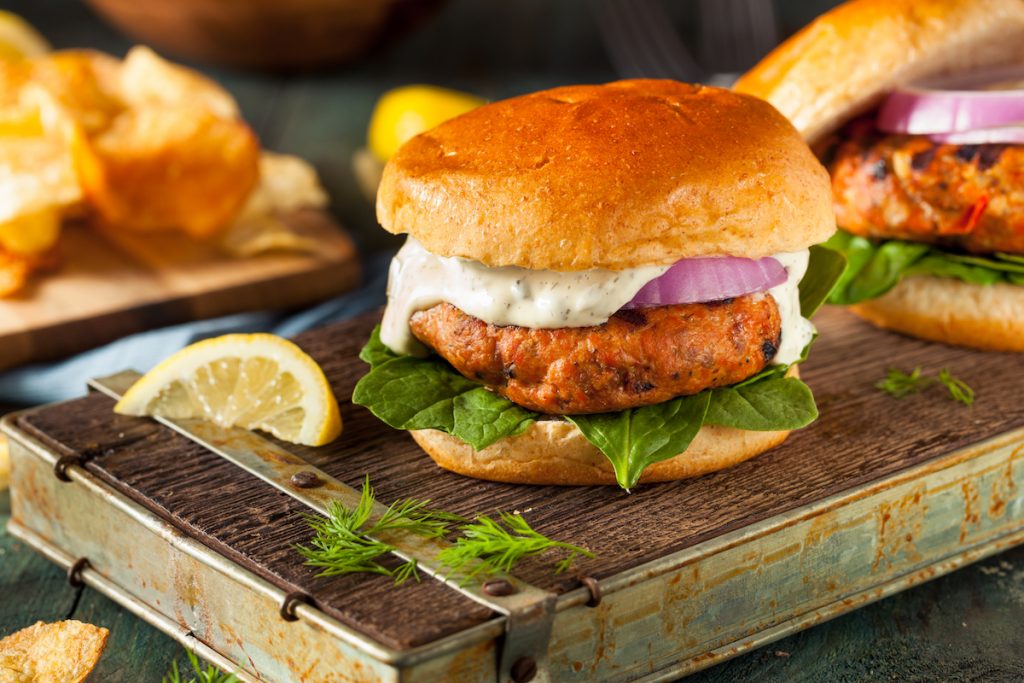Many of us can’t probably remember when we last ate any other fish than salmon, cod or herring. In Sweden, we eat more fish than the global average, but much of our consumption is concentrated on a few species and as much as 72 percent comes from imported fish that has traveled a long way before it lands on our plates.
So, what about the remaining 28 percent? When it comes to nutritious food from lakes and the sea, Sweden has large resources, but Swedish commercial fishing has unfortunately become less and less diversified. Historically, Swedish commercial fishermen caught smaller fish as well, such as roach, bluegill and bream. But as these are no longer considered commercially viable, they are often thrown back into the water, which creates an imbalance in the ecosystems.
Is it possible to create good food from by-catch?
When Axfoundation discovered that fishermen in Lake Mälaren and Lake Vänern caught large amounts of by-catch when fishing pike-perch, they initiated the Resource Fish (Resursfisk) project together with the Stockholm County Administrative Board. The goal was to create a product that was not only good and sustainably produced but also based on underutilized fish species from the local lake fishery. This resulted in minced bream which is now served in commercial kitchens and restaurants around the Stockholm area. Identifying an untapped resource and creating a sustainable product that works in the Swedish market is completely in line with the Swedish food strategy, but how sustainable is the minced bream really?
This is where I came into the picture. In the autumn of 2020, I contacted Axfoundation to ask if they wanted to jointly design a thesis project linked to life cycle analysis. This Monday, I presented the results of the project at KTH and now I hope that more companies will open their eyes to life cycle analysis and see what it can contribute to their sustainability work.
The purpose of my thesis was to evaluate whether the bream mince was an environmentally sustainable source of protein by performing a life cycle analysis (LCA).
Life cycle analysis on minced bream
Based on the results, you can see which parts of the system have the greatest environmental impact. This was something Axfoundation wanted to gain a better understanding of. Since the production of minced bream is still very new, other potential scenarios were also analyzed where we introduced changes in parts of the system. In the first scenario, the bream was sent to Kalix, where there is currently a production facility for a similar product, and in the second scenario, we looked at how much the potential environmental impact would increase if a targeted fishery were introduced on the bream.
In order to collect data and gain a better understanding of the entire life cycle, I collaborated a lot with a professional fisherman at Lake Mälaren and Ekofisk in Stockholm. Among other things, I joined the fishermen to see how the fishing is performed. What surprised me most was the amount of by-catch and that fishing with bottom nets is very gentle on the fish that is released. It is extremely important to really understand the system that is to be modeled and provide the right conditions when you analyze the results. Life Cycle Analysis is a tool that can really provide important and concrete insights and help companies to drive their sustainability work in the right direction.
So, how did the minced bream do?
The results from my thesis showed that minced bream has a very low potential environmental impact compared to many other animal protein sources and that only legumes perform equally or better. In addition to good knowledge within Life Cycle. Analysis work, I also take with me that there are many sustainable solutions around us as long as we open our eyes and shed new light on existing resources that we don’t utilize.
//Katja



